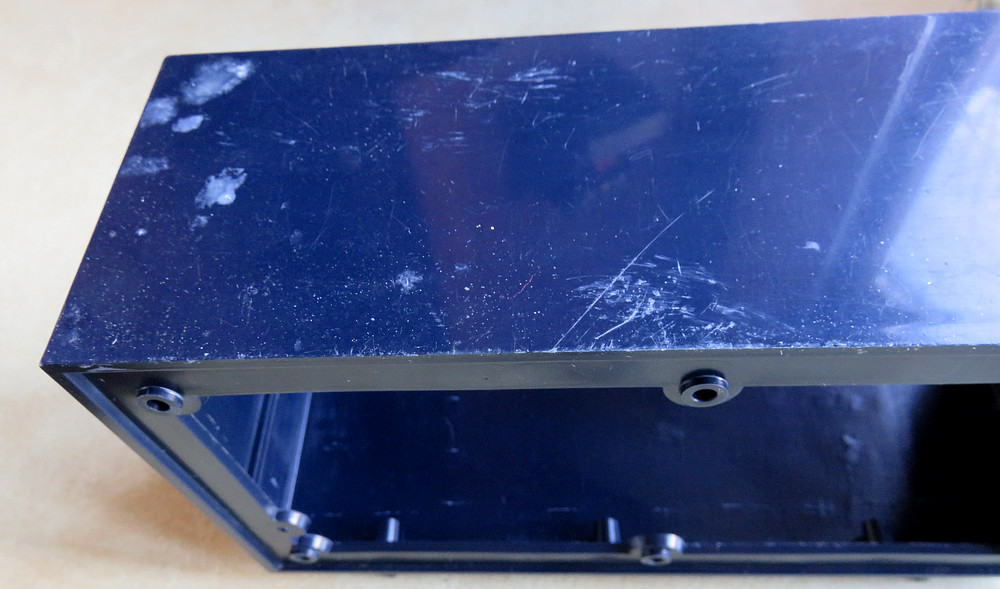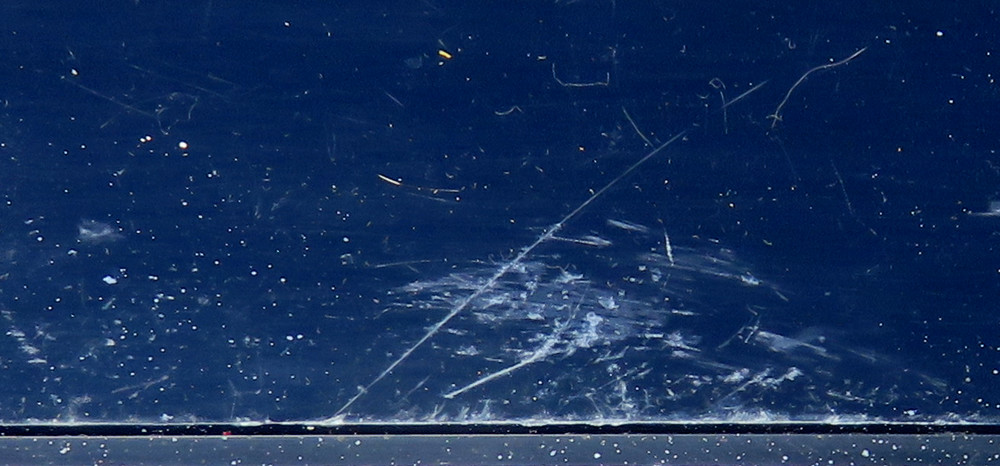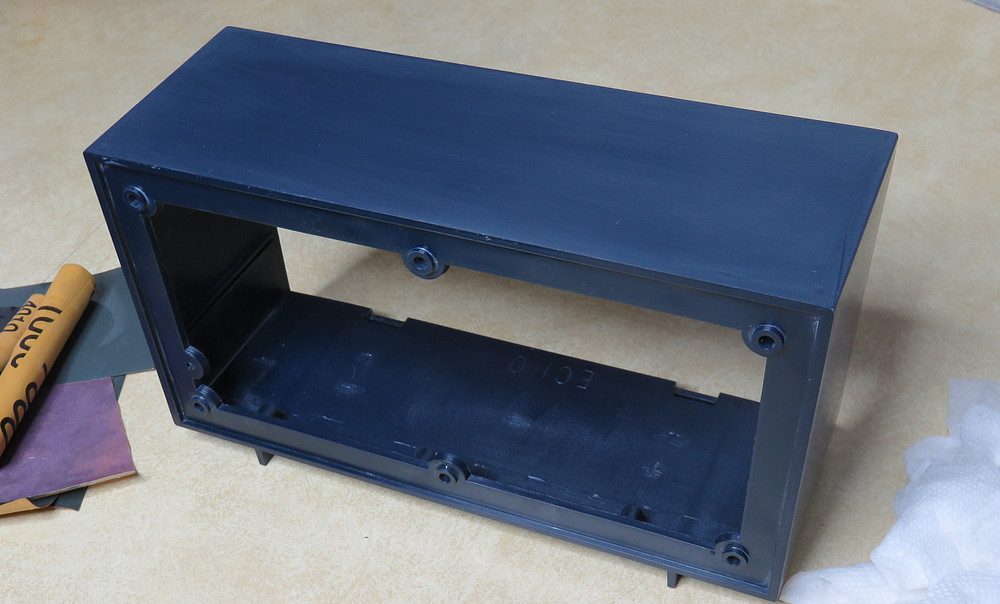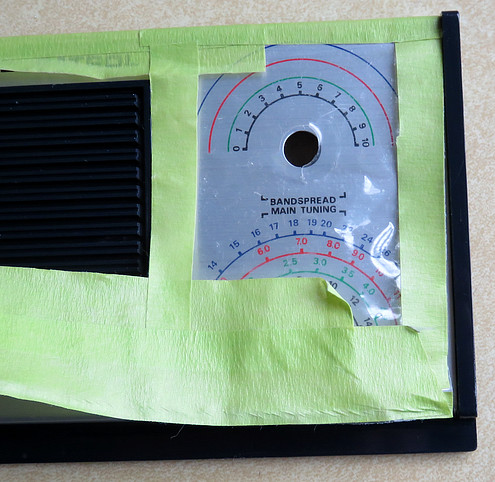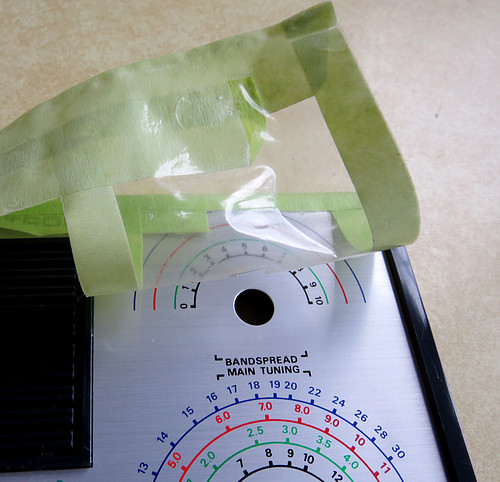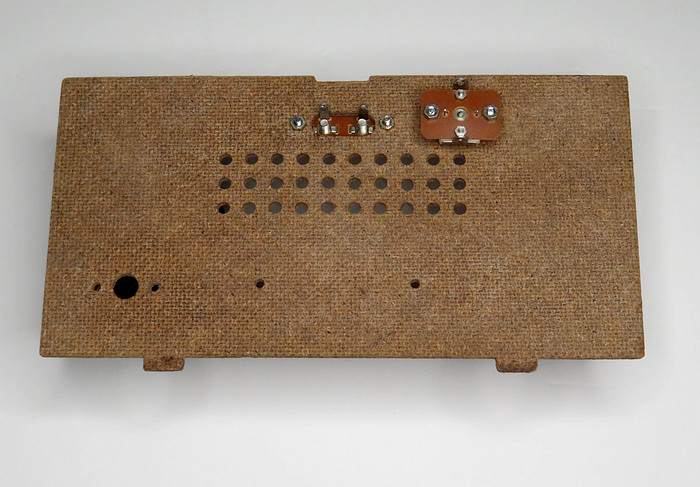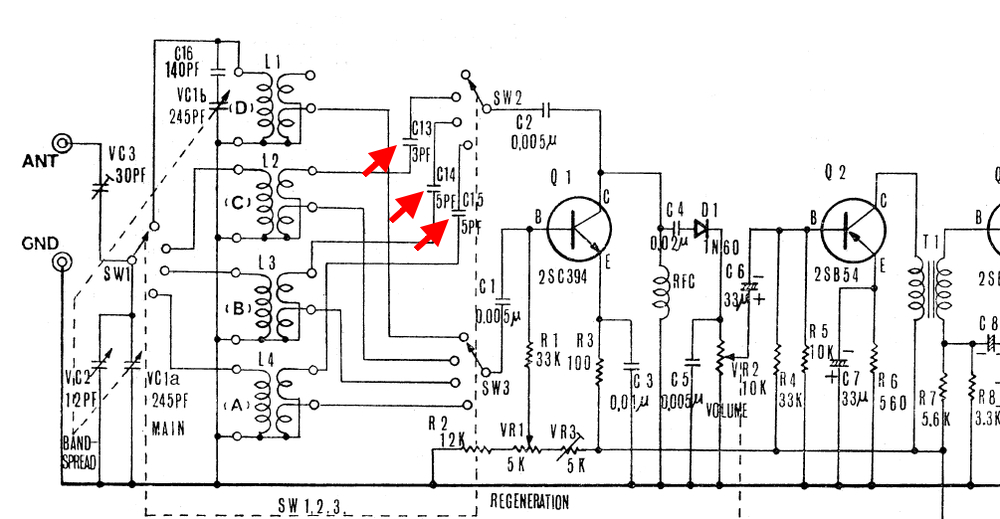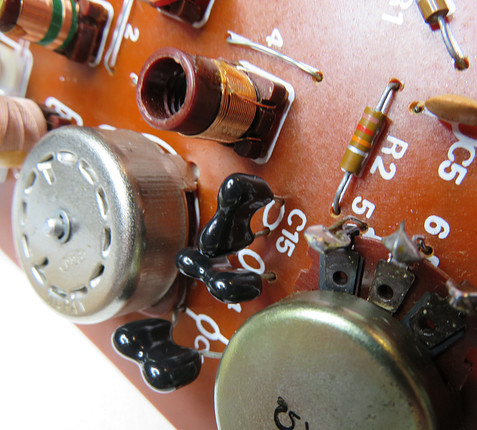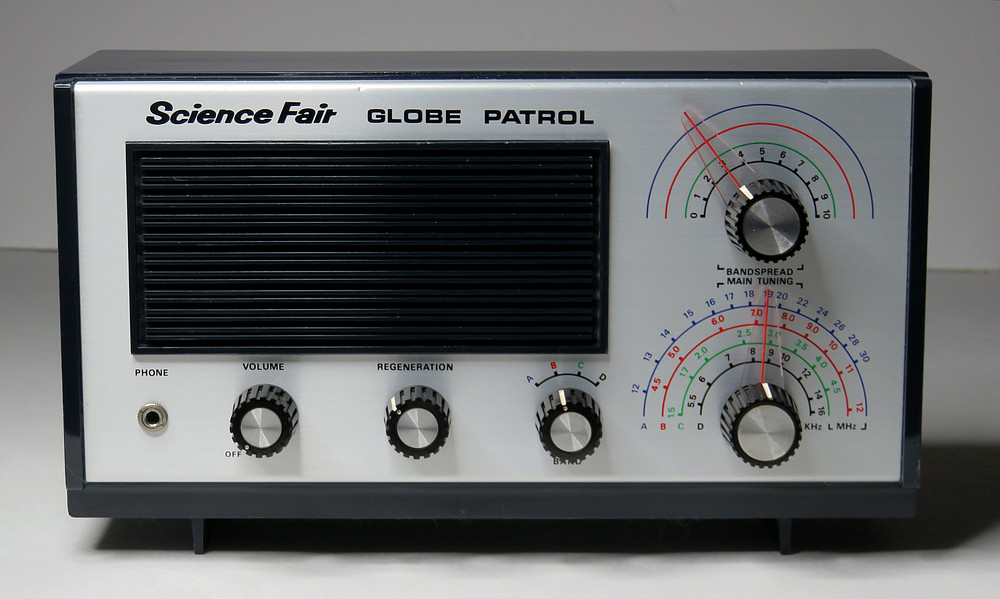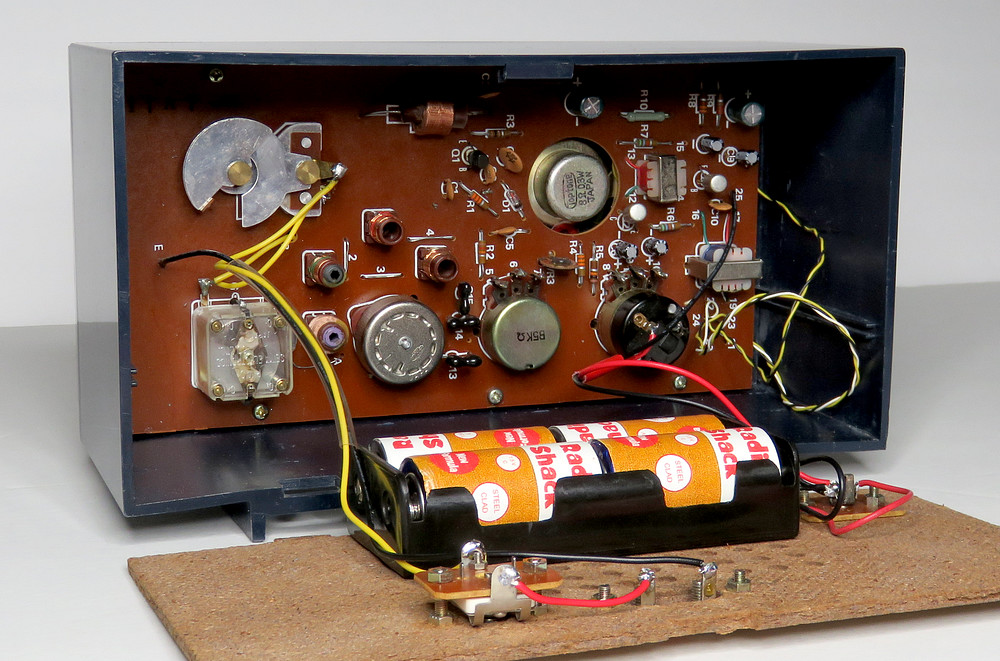|
|
|
|
|
|
|
If the radio was going to look good, something
would have to be done with the scratched cabinet. |
|
|
|
|
|
Reflection of the garage through the kitchen
window after the cabinet was polished. |
|
|
|
|
|
I contemplated painting it but decided to sand
and polish it first to see how it would come out. |
|
|
|
|
|
When the plastic is scratched or dinged it turns
light blue. |
|
|
|
|
|
Sanding out the scratches and dings. Ironically,
sanding it was scratching it a million times more. |
|
|
|
|
|
The sides and top were
wet sanded with 800, 1000 and 1200 grit sandpaper in the
kitchen sink, then polished on a buffing wheel, then
polished again by hand with plastic polish. After that, it
was given a coat of automobile paste wax and buffed. Not
every single imperfection came out, but it looks almost new.
For all I know, it looks better than when it was new. |
|
|
|
|
|
|
|
The front was masked so
the plastic part could be cleaned and polished. I put a lot
of thought into how I would remove the clear plastic film.
When I removed the masking tape, the clear plastic came with
it! Under it was a pristine front panel. Problem solved.
Good thing I WANTED it to come off. What if I didn't? |
|
|
|
|
|
The only evidence that
this front panel is 50 years old are some tiny dings in the
plastic grill and the top of the aluminum faceplate. |
|
|
|
|
|
|
|
Whatever had been sprayed on the grill
came completely off, and all the dirt on the faceplate came
off with the plastic. |
|
|
|
|
|
Next, the back was given
two heavy coats of spray lacquer to arrest the shredding of
the material. Man, it soaked that lacquer up like a sponge!
The tabs on the bottom had become frayed over the years, and
the ends looked like little puff balls. They were soaked in
white glue, then covered with wax paper and held in a clamp
overnight.
|
|
|
|
|
|
|
|
I didn't know why only a
single band was working, but I saw on the schematic that the
short wave bands all go through a very small value
capacitor. The three capacitors were replaced. |
|
|
|
|
|
|
C13, C14 and C15. These
are what the arrows are pointing to on the schematic. They
were replaced with high quality silver-mica capacitors. |
|
|
|
|
|
All of the electrolytic capacitors
were replaced, as well as the transistor that had been
pushed through the board, lifting the copper trace on the
other side (previous page). The capacitors all tested good,
but about 20% higher than they should have. The transistor
was good, too.
About a half dozen poor connections were resoldered. When
the radio was tested, all four bands now worked. So what
fixed it? Beats me. I suspect it was re-heating those poor
solder connections.
Replacing the 50 year old components helped. Those old
electrolytics had to come out anyway, and the silver-mica
capacitors probably have it working better than new. |
|
|
|
|
|
|
|
|
|
The refurbished Globe Patrol. |
|
|
|
|
|
The refurbished Globe Patrol, rear. |
|
| There was one problem when the radio
was done. When it came time to put the circuit board into
the cabinet, the screws wouldn't fit! (Three of them are
visible above, along the bottom of the board.) They seemed
to be too long. No matter how tight they were, the circuit
board was loose. 1/8" of the tip of each screw was cut off
to shorten them. |
|
|
| |
|
|
| |




